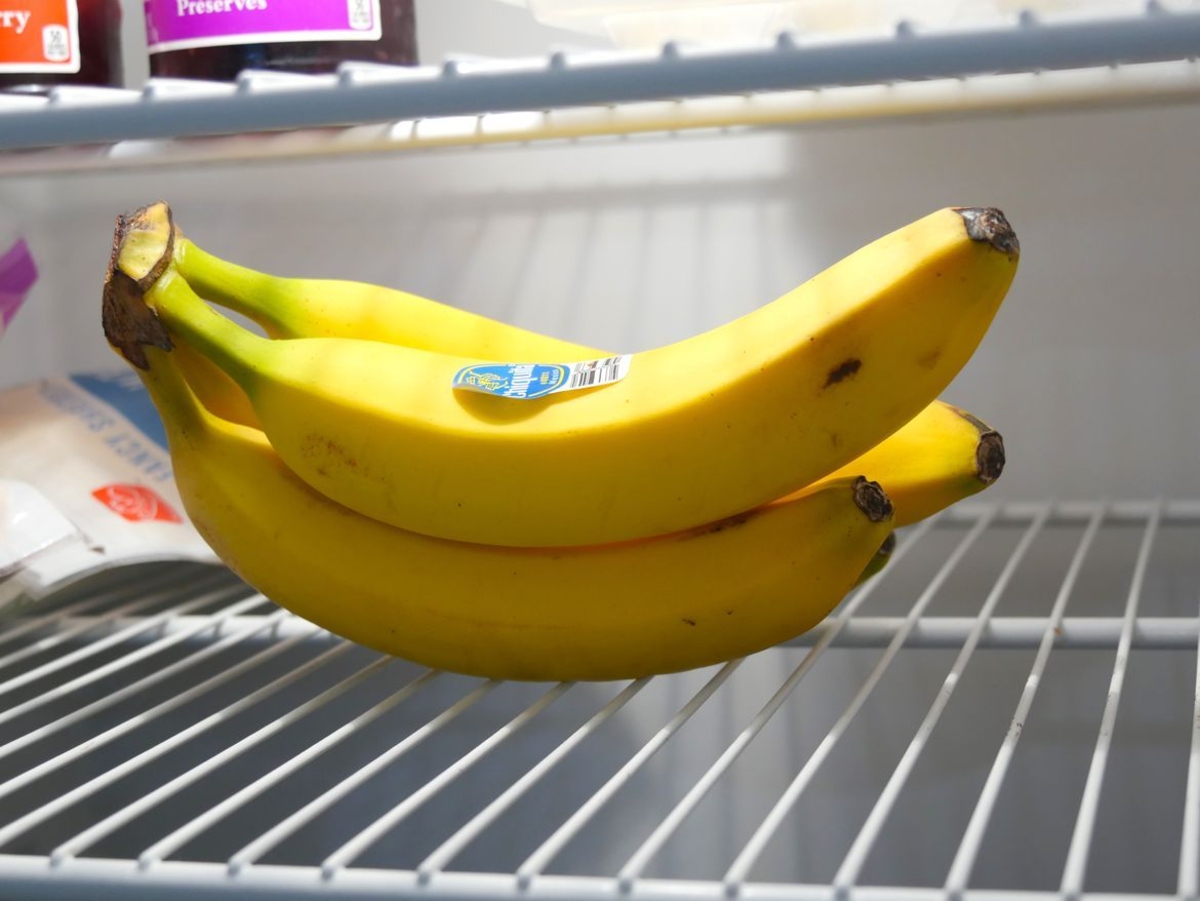

Articles
How To Store Bananas In Fridge
Modified: May 6, 2024
Learn how to store bananas in the fridge and keep them fresh for longer. Find helpful articles and tips on storing bananas to avoid spoiling and waste.
(Many of the links in this article redirect to a specific reviewed product. Your purchase of these products through affiliate links helps to generate commission for Storables.com, at no extra cost. Learn more)
Introduction
When it comes to storing bananas, most people instinctively leave them on the countertop. However, did you know that refrigerating bananas can actually help extend their shelf life and keep them fresher for longer? Storing bananas in the fridge is a simple and effective way to slow down the ripening process, prevent them from spoiling too quickly, and maintain their vibrant yellow color.
But why should you bother storing bananas in the fridge in the first place? Well, the answer lies in the natural ripening process of bananas. Bananas release a gas called ethylene, which speeds up the ripening process. When bananas are left at room temperature, this gas is released faster, causing the fruit to ripen quickly and potentially become overripe.
By placing bananas in the fridge, you can significantly slow down the production of ethylene gas, which in turn slows down the ripening process. This means that your bananas will last longer, even if you don’t plan on consuming them right away. Additionally, keeping bananas in the fridge can help retain their firm texture and prevent them from becoming mushy or overly soft.
So, if you’re tired of having your bananas go from perfectly ripe to overly ripe in just a few days, storing them in the fridge might be the solution you’ve been looking for. But when is the best time to start refrigerating your bananas? Let’s find out in the next section.
Key Takeaways:
- Refrigerating bananas can extend their shelf life, maintain their firm texture, and retain their vibrant color, making them a smart choice for long-term freshness and quality.
- Properly preparing and storing bananas in the fridge, along with following key tips, can help maximize their freshness and prevent premature spoilage, ensuring delicious bananas for an extended period.
Read more: How To Store Banana Bread In Fridge
Why Store Bananas in the Fridge?
Storing bananas in the fridge offers several benefits that can help you make the most of your favorite yellow fruit. Here are a few reasons why you should consider refrigerating your bananas:
- Prolonged Shelf Life: Refrigeration slows down the ripening process, allowing bananas to stay fresh for a longer period. This means you can enjoy your bananas at their perfect ripeness for an extended time, rather than having to rush to consume them before they become overripe and mushy.
- Prevention of Spoilage: By placing bananas in the fridge, you can prevent them from spoiling too quickly. The cold temperature hinders the growth of microorganisms, such as mold, that contribute to the spoilage of fruit. This can help reduce food waste by ensuring that your bananas remain edible for a longer duration.
- Retained Nutritional Value: Refrigeration can help preserve the nutritional value of bananas. Many essential vitamins and minerals are susceptible to degradation when exposed to heat and light. By keeping your bananas in the fridge, you can minimize nutrient loss and ensure that you are getting the maximum benefit from your fruit.
- Improved Texture: Refrigerated bananas maintain a firmer texture compared to those stored at room temperature. This makes them ideal for various culinary uses, such as slicing them into smoothies or baking them into delicious banana bread. The firmness also makes them more convenient to handle, reducing the risk of squishy and messy bananas.
- Visual Appeal: Bananas stored in the fridge retain their vibrant yellow color and appealing appearance for a longer time. This can be particularly important if you plan to use them for garnishing dishes or creating visually pleasing fruit platters.
Overall, refrigerating bananas provides a simple and effective way to optimize their freshness and quality. Whether you want to extend their shelf life, maintain their nutritional value, or enhance their visual appeal, storing bananas in the fridge is a smart choice. However, it’s essential to note that not all bananas are suitable for refrigeration. In the next section, we will explore when it’s appropriate to start chilling your bananas.
When to Store Bananas in the Fridge
While refrigerating bananas can be beneficial, it’s important to understand that not all bananas are suitable for chilling. Here are a few guidelines to determine when it’s appropriate to start storing your bananas in the fridge:
- Yellow Stage: Bananas that are at a just-right yellow stage, with no green spots and no signs of brown spots or bruises, can be safely refrigerated. At this stage, the bananas are slightly underripe, and refrigeration can help slow down the ripening process.
- Ripe and Ready: If your bananas have reached the perfect ripeness for your liking, but you’re not ready to consume them just yet, it’s a good time to transfer them to the fridge. This will help maintain their ripeness level while extending their shelf life.
- Overripe: If you have bananas that you fear may become too ripe and mushy before you can use them, refrigeration can be a saving grace. Placing overripe bananas in the fridge can slow down the enzymatic activity and help preserve their texture and flavor for a longer time.
- Before a Trip: If you’re planning to go on a vacation or will be away for a few days, it’s a great idea to refrigerate your bananas before you leave. This will ensure that they stay fresh and don’t spoil while you’re away.
It’s important to note that refrigeration may cause the peel of the bananas to turn brown. While this doesn’t affect the quality or taste of the fruit inside, it’s something to keep in mind if visual appeal is important to you.
Remember, if your bananas are still green or have green spots, it’s best to leave them at room temperature until they ripen. Refrigerating underripe bananas can disrupt the ripening process and result in a less flavorful fruit.
Now that you know when to start storing your bananas in the fridge, let’s move on to preparing them for storage.
How to Prepare Bananas for Storage
Before you refrigerate your bananas, it’s important to properly prepare them for storage to ensure maximum freshness and prevent them from becoming overly mushy. Here are a few steps to follow when preparing bananas for storage:
- Inspect for Bruises or Damage: Before storing your bananas, carefully examine each one for any bruises, cuts, or other signs of damage. Damaged areas can accelerate the ripening process and lead to spoilage. It’s best to consume or discard bananas with significant damage.
- Separate the Bunch: If your bananas are still attached as a bunch, gently separate them. This allows for better air circulation, preventing the bananas from ripening too quickly or causing the entire bunch to spoil at once.
- Wrap the Stems: To further slow down the ripening process, consider wrapping the stems of individual bananas with plastic wrap or aluminum foil. The stem is the main area where ethylene gas is released, so by covering it, you can reduce the exposure to air and keep the bananas fresher for longer.
- Choose Appropriate Storage Containers: When it comes to storing bananas in the fridge, there are a few options to consider. You can use airtight containers, such as plastic containers or resealable bags, to store individual bananas or a bunch. Alternatively, you can also use banana-specific storage bags available in the market, which are designed to regulate moisture and ethylene levels to help preserve the fruit’s freshness.
- Label and Date: If you’re storing multiple batches of bananas or have a mix of ripe and underripe ones, it’s a good practice to label the containers or bags with the date. This will help you keep track of their freshness and ensure that you consume them in a timely manner.
By following these steps, you’ll be well-prepared to store your bananas in the fridge and maximize their shelf life. Now, let’s move on to the step-by-step guide for actually storing them in the refrigerator.
Store bananas in the fridge to slow down the ripening process. Keep them in a plastic bag to prevent them from absorbing other odors.
Step-by-Step Guide to Storing Bananas in the Fridge
Now that your bananas are prepared for storage, it’s time to learn the proper method for storing them in the fridge. Follow these step-by-step instructions to ensure that your bananas stay fresh and maintain their quality:
- Find a Suitable Spot: Start by clearing a space in your refrigerator where you can store the bananas. It’s best to choose a spot with consistent temperature, away from direct airflow or areas that might expose the bananas to excessive cold.
- Place the Bananas in a Container: If you have individual bananas, place them in an airtight container or resealable bag. If you have a bunch, you can either keep them intact or separate them into individual bananas, depending on your preference.
- Seal the Container Properly: Ensure that the airtight container or bag is securely sealed to prevent the entry of air, which can speed up the ripening process. If using a resealable bag, squeeze out any excess air before sealing it.
- Store in the Fridge: Carefully place the container or bag of bananas in the fridge. Be sure to keep them in a spot where they won’t get squished or damaged by other items in the refrigerator.
- Leave Them Undisturbed: Once the bananas are in the fridge, it’s important to avoid unnecessary handling or moving. Disturbing the bananas too much can lead to bruising and damage, which can accelerate the ripening process.
- Check and Rotate: Periodically check on your bananas to monitor their freshness. If any bananas show signs of overripeness or spoilage, remove them from the container to prevent them from affecting the others. You can also rotate the bananas to ensure even ripening and prolong their shelf life.
By following these simple steps, you can efficiently store your bananas in the fridge and enjoy fresh, ripe bananas for an extended period. However, it’s important to keep in mind that refrigeration can cause the peel to darken, which is a natural reaction and does not indicate spoilage.
Now that your bananas are safely stored in the fridge, let’s explore some tips to help you keep them fresh and delicious for as long as possible.
Read more: How To Store Banana Bread In The Fridge
Tips for Keeping Bananas Fresh in the Fridge
Once you’ve stored your bananas in the fridge, it’s important to follow a few additional tips to ensure their freshness and prevent them from spoiling prematurely. Here are some helpful tips for keeping your bananas fresh in the fridge:
- Keep them Separate: To prevent bananas from ripening too quickly, it’s best to store them separately from other fruits and vegetables. Bananas release ethylene gas, which can cause nearby produce to ripen faster. Keeping bananas in their own designated space will help maintain their freshness and prevent premature ripening of other items.
- Avoid Crowding: Avoid overcrowding the fridge storage area where you keep your bananas. Sufficient air circulation is essential to slow down the ripening process and prevent the accumulation of moisture. Keep some space around the bananas to ensure proper air circulation.
- Don’t Wash Before Storage: It’s best to avoid washing bananas before storing them in the fridge. Moisture can promote the growth of mold and cause the bananas to spoil faster. Instead, wash bananas just before consuming them.
- Handle with Care: Be gentle when handling refrigerated bananas. Excessive squeezing or rough handling can cause bruising, which can lead to faster ripening and spoilage. Treat the bananas with care to maintain their quality for longer periods.
- Consume Within a Reasonable Timeframe: While refrigeration can extend the shelf life of bananas, it’s still important to consume them within a reasonable timeframe. Over time, the texture and flavor of refrigerated bananas can change, and they may become less appealing. Aim to consume your bananas within a week or so of refrigeration for the best taste and texture.
- Ripen at Room Temperature: If you have refrigerated bananas that you want to ripen further, simply take them out of the fridge and let them sit at room temperature. The warmer environment will encourage the bananas to continue ripening. Keep an eye on them, as they may ripen quickly.
By following these tips, you can ensure that your bananas stay fresh, delicious, and enjoyable for a longer time. Now, let’s explore how to ripen refrigerated bananas if you need them to be perfectly ripe for your recipes or snacks.
How to Ripen Bananas After Refrigeration
If you have refrigerated bananas that you’d like to ripen further for baking, snacking, or using in recipes, don’t worry! There are a few simple methods you can use to encourage the ripening process. Here’s how to ripen bananas after refrigeration:
- Place them at Room Temperature: Take your refrigerated bananas out of the fridge and let them sit at room temperature. The warmer environment will help reactivate the ripening process. Choose a spot away from direct sunlight and heat sources.
- Enclose them with Ripening Fruits: To speed up the ripening process, you can place your bananas in a paper bag or airtight container along with ripening fruits like apples or tomatoes. These fruits produce ethylene gas, a natural ripening agent, that can help accelerate the ripening of your bananas.
- Add Some Warmth: If you’re in a hurry to ripen your bananas, you can speed up the process by adding some gentle heat. You can place the bananas near a warm appliance, such as the oven or microwave, or even use the warmth of a sunny spot in your kitchen. However, be cautious not to expose them to excessive heat, as this can cause the bananas to overripen or become mushy.
- Patience is Key: Ripening bananas takes time, so be patient. The length of time required for the bananas to ripen will depend on several factors, including the initial ripeness when refrigerated and the surrounding temperature. Check on them regularly and monitor their progress.
- Check Ripeness Indicators: To determine if your bananas have ripened to your desired level, look for visual cues. The peel should turn a vibrant, uniform yellow color and be slightly soft to the touch. Some brown spots or speckles are normal and indicate optimal ripeness. Once the bananas reach your preferred level of ripeness, they’re ready to be enjoyed!
Keep in mind that partially ripened refrigerated bananas may not reach the same level of sweetness and flavor as bananas ripened at room temperature. However, they can still be used for baking or cooking where the sweetness is less critical.
With these tips, you can successfully ripen your refrigerated bananas to the desired level and enjoy them in all their delicious glory. Now, let’s wrap things up.
Conclusion
Storing bananas in the fridge is a simple and effective way to prolong their shelf life, prevent spoilage, and maintain their freshness. By understanding the benefits of refrigeration and following the proper storage techniques, you can make the most of your bananas and enjoy them for an extended period of time.
Refrigerating bananas is especially useful when they are at the just-right yellow stage or when you want to slow down the ripening process of ripe bananas. By placing them in the fridge, you can significantly slow down the release of ethylene gas and preserve their firm texture, vibrant color, and nutritional value.
Remember to prepare your bananas for storage by inspecting them for any damage, separating the bunches, and wrapping the stems to further delay the ripening process. Store them in appropriate containers or bags and place them in a designated spot in the fridge, ensuring proper air circulation and avoiding overcrowding.
To keep your bananas fresh in the fridge, keep them separate from other produce, handle them with care, and consume them within a reasonable timeframe. If you need to ripen refrigerated bananas, simply bring them back to room temperature, enclose them with ripening fruits, add some gentle warmth, and be patient for the ripening process to occur.
So, the next time you find yourself with a bunch of bananas that you can’t consume right away, consider refrigerating them instead of leaving them on the countertop. By doing so, you can extend their shelf life, reduce food waste, and always have fresh bananas at hand for your favorite recipes and snacks.
Now that you’re equipped with the knowledge and tips on how to store bananas in the fridge, go ahead and put it into practice. Enjoy your perfectly ripe and fresh bananas for longer periods, and make the most of this versatile and nutritious fruit.
Now that you've mastered storing bananas in the fridge, why stop there? Keeping your kitchen organized and your food fresh requires knowing the best methods and tools for the job. For anyone looking to upgrade their pantry in the upcoming year, our detailed guide on food storage solutions is a must-read. Packed with innovative tips and the latest products, this guide helps ensure your groceries stay fresh and your meals taste great. Don't miss out on making your kitchen more efficient and your cooking even more enjoyable.
Frequently Asked Questions about How To Store Bananas In Fridge
Was this page helpful?
At Storables.com, we guarantee accurate and reliable information. Our content, validated by Expert Board Contributors, is crafted following stringent Editorial Policies. We're committed to providing you with well-researched, expert-backed insights for all your informational needs.
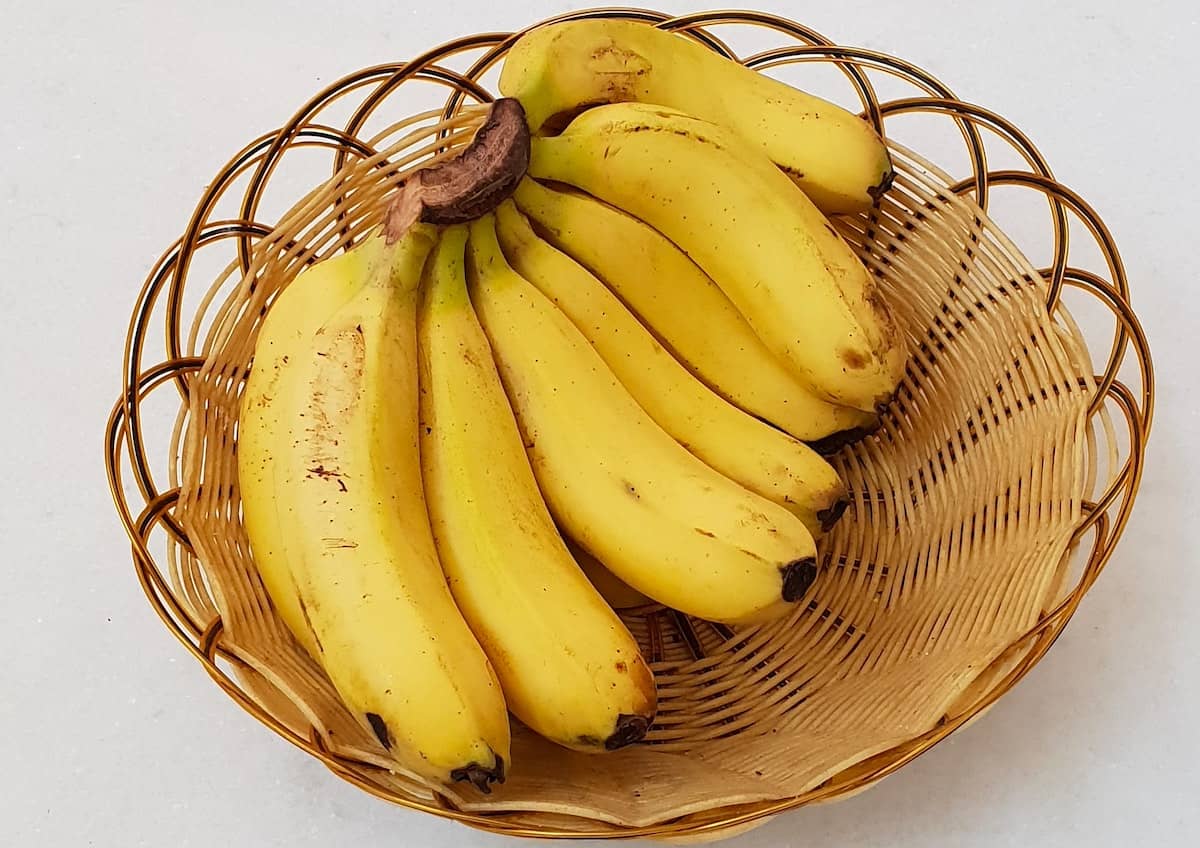
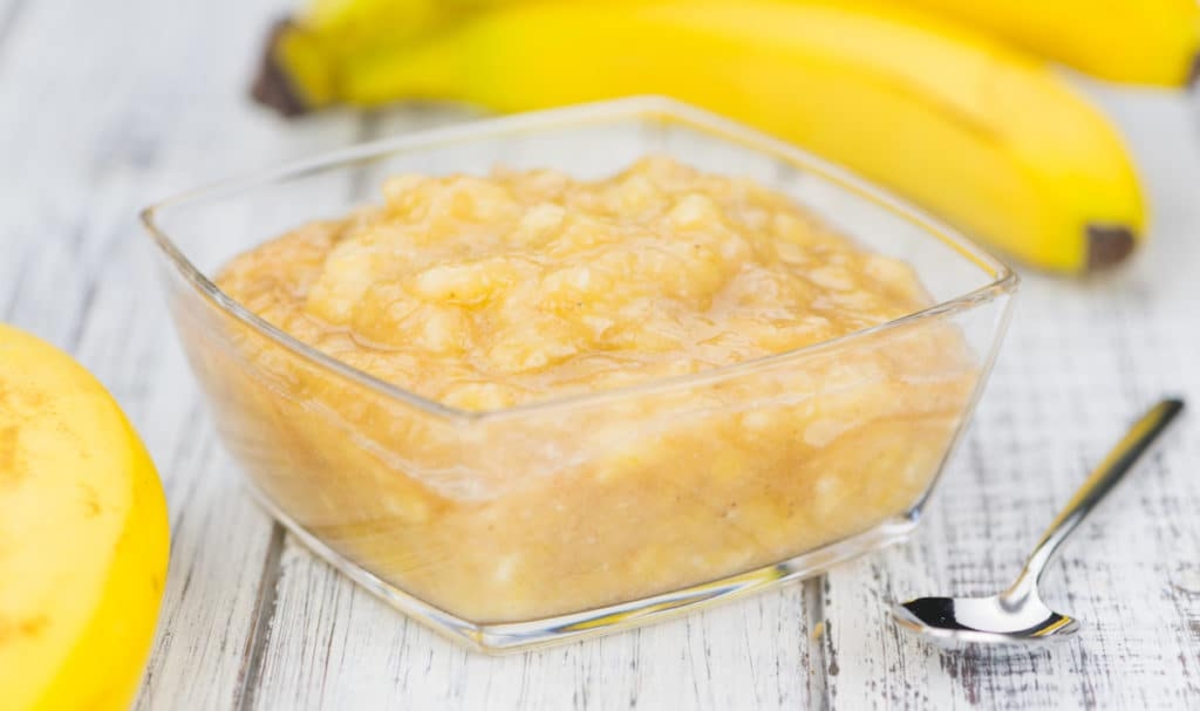
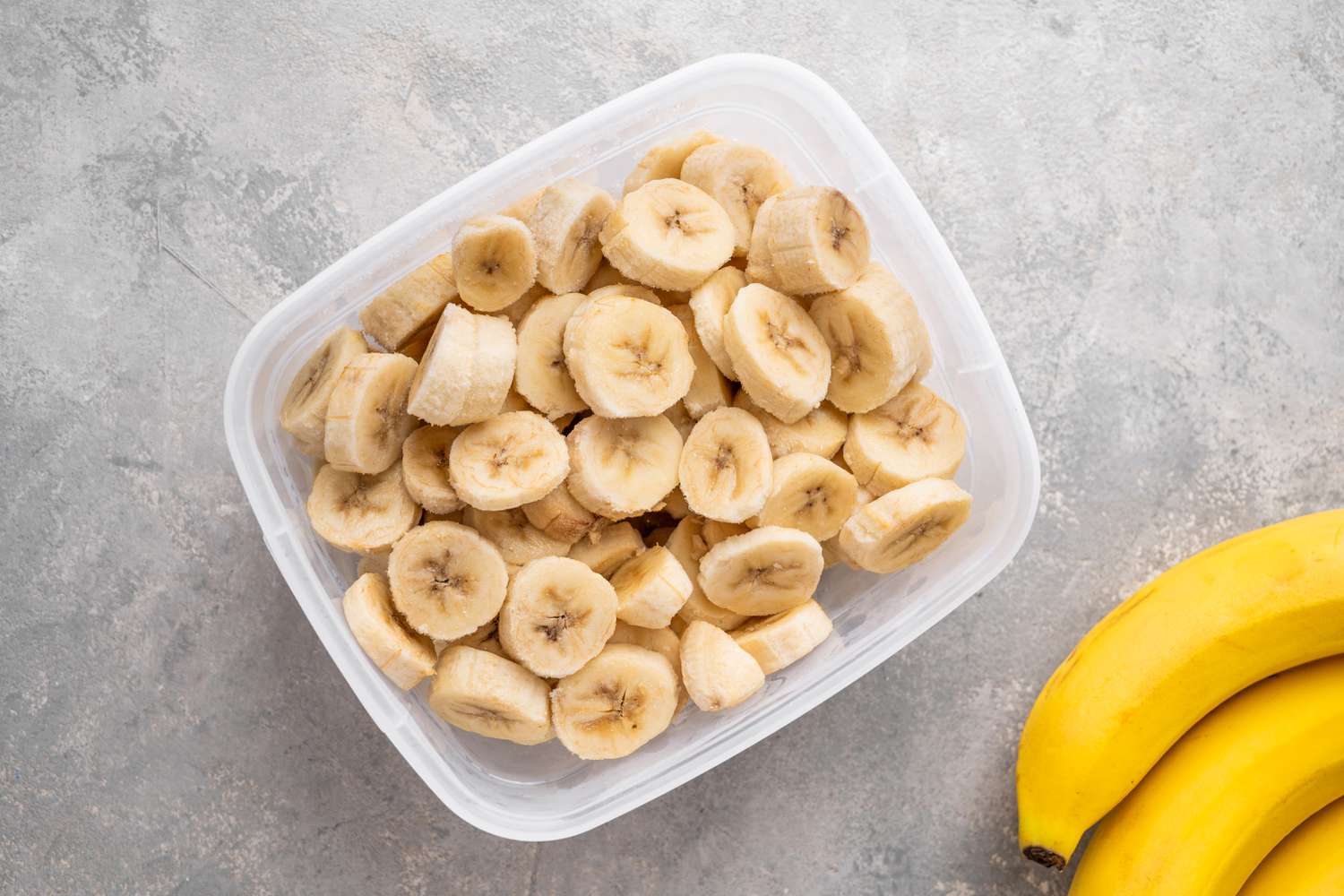
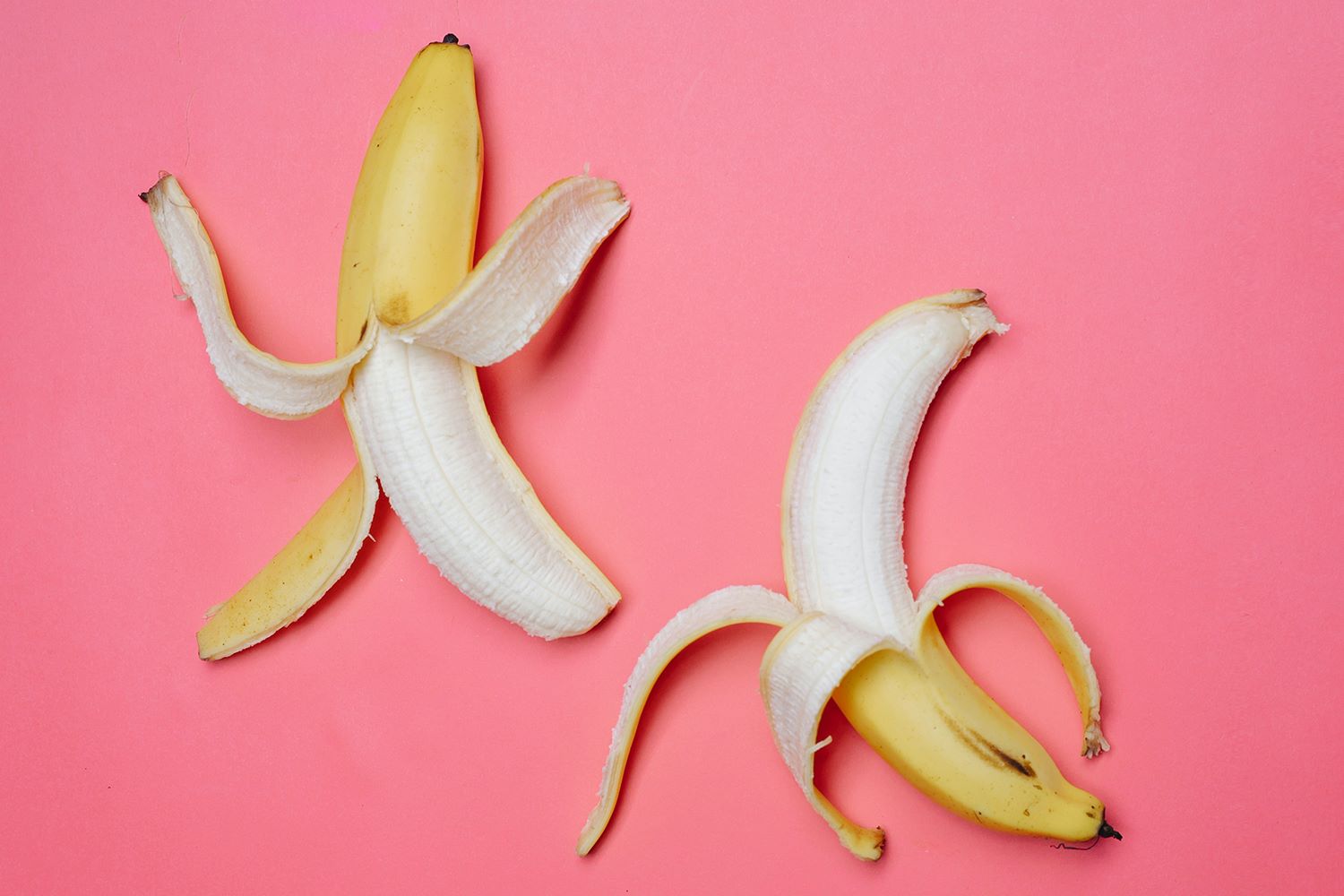
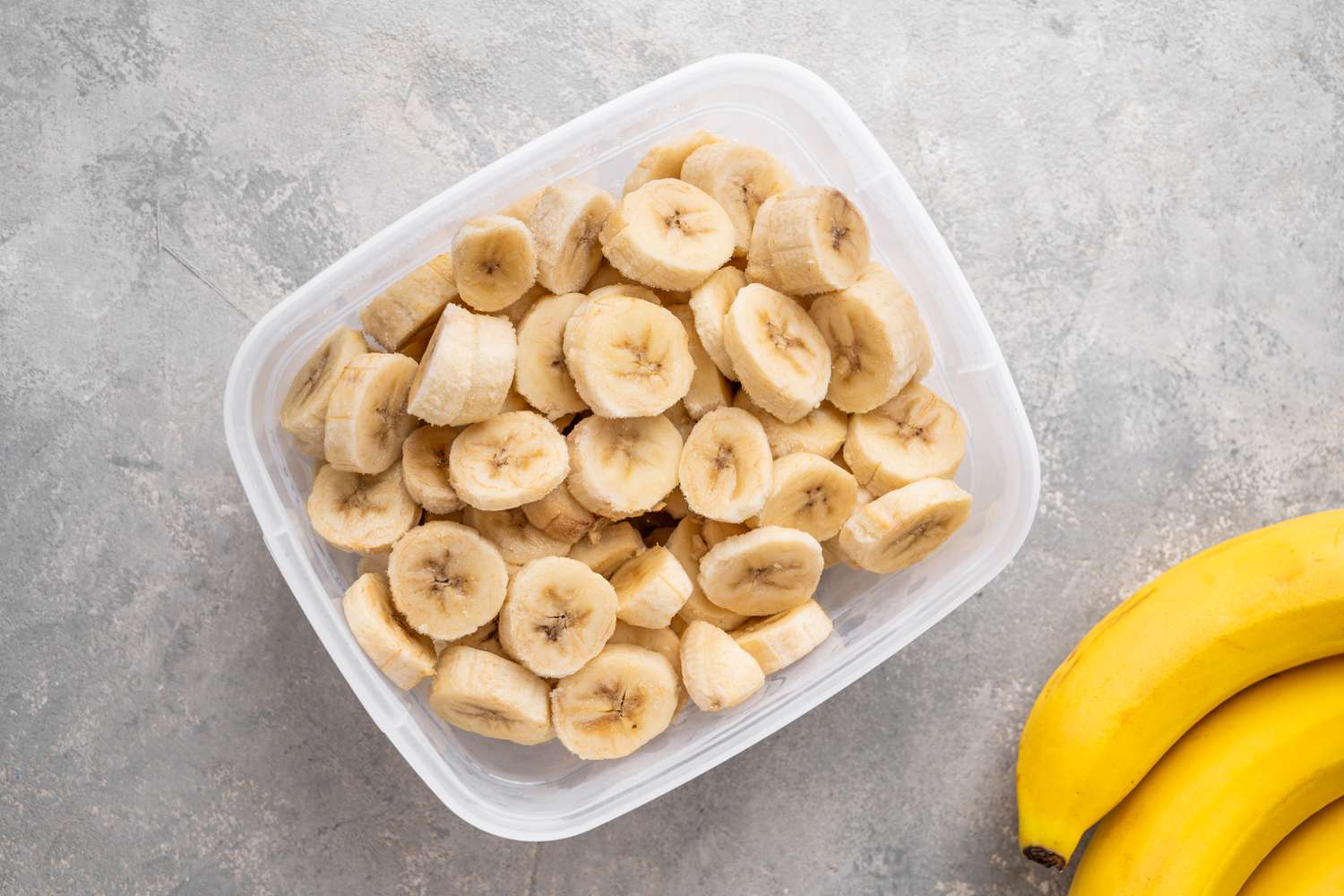
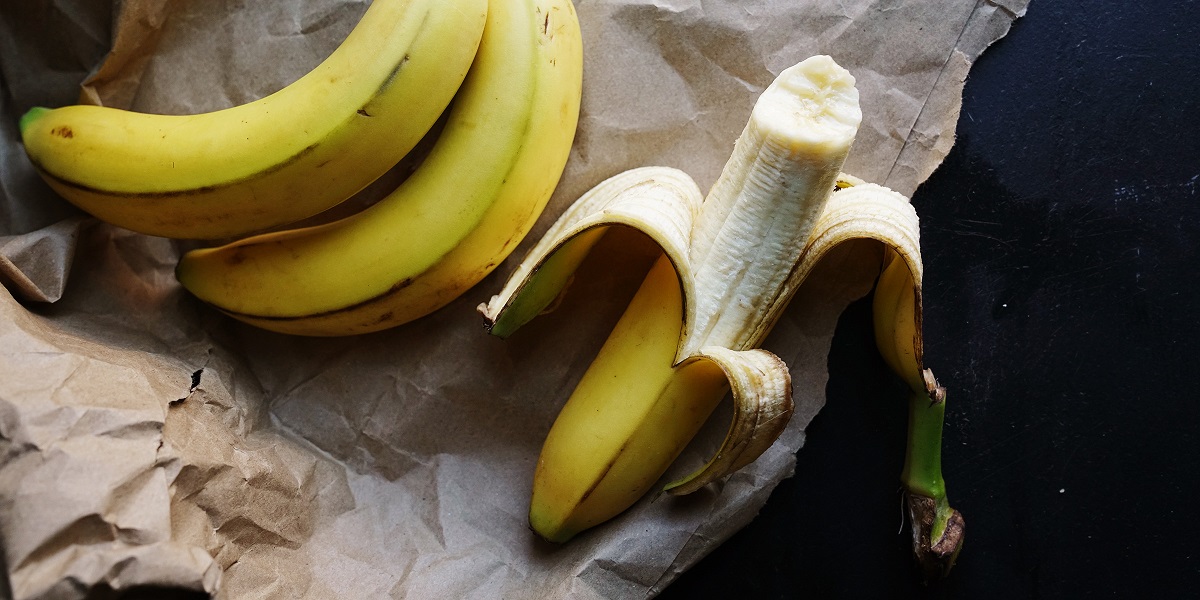
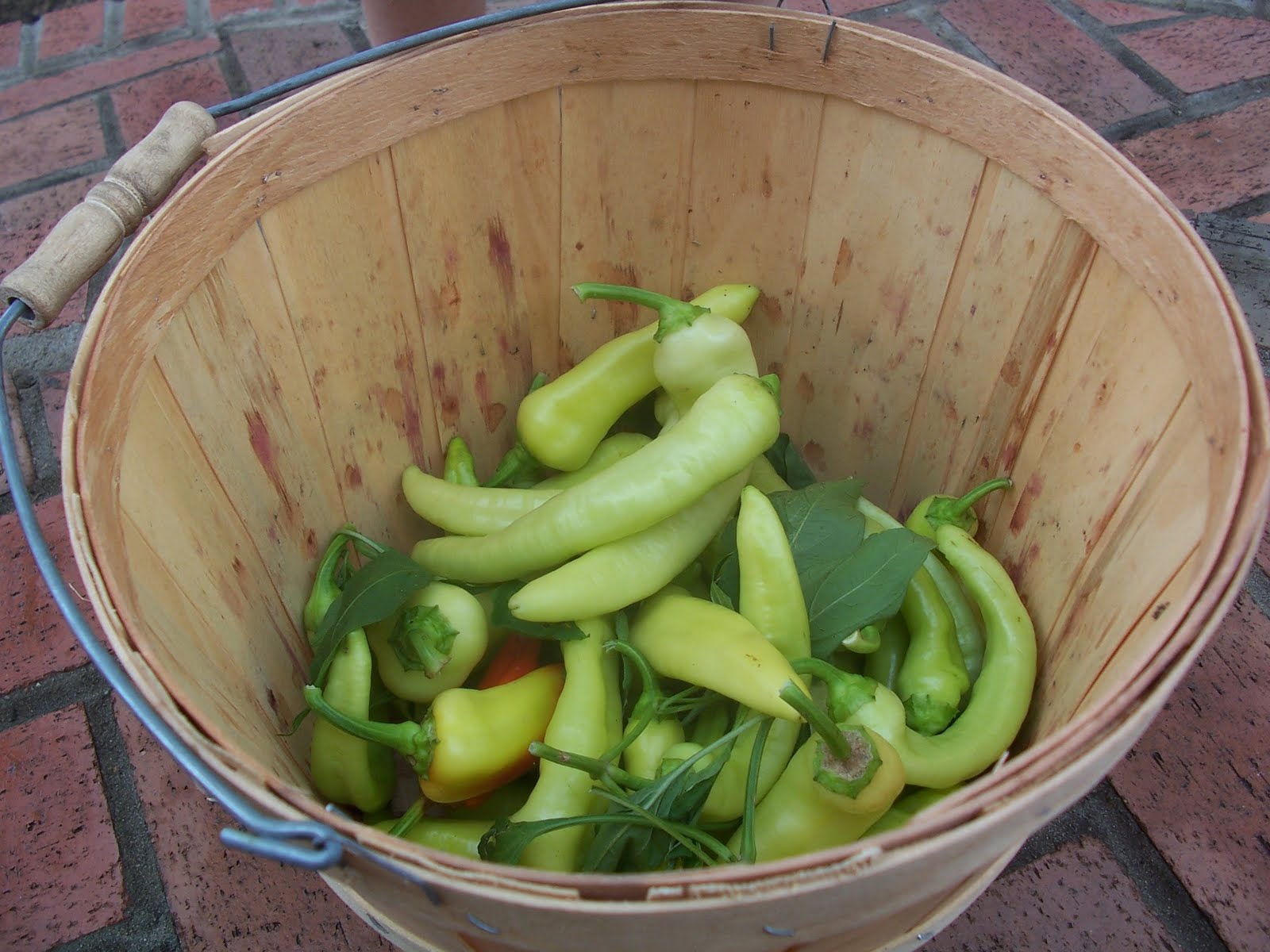
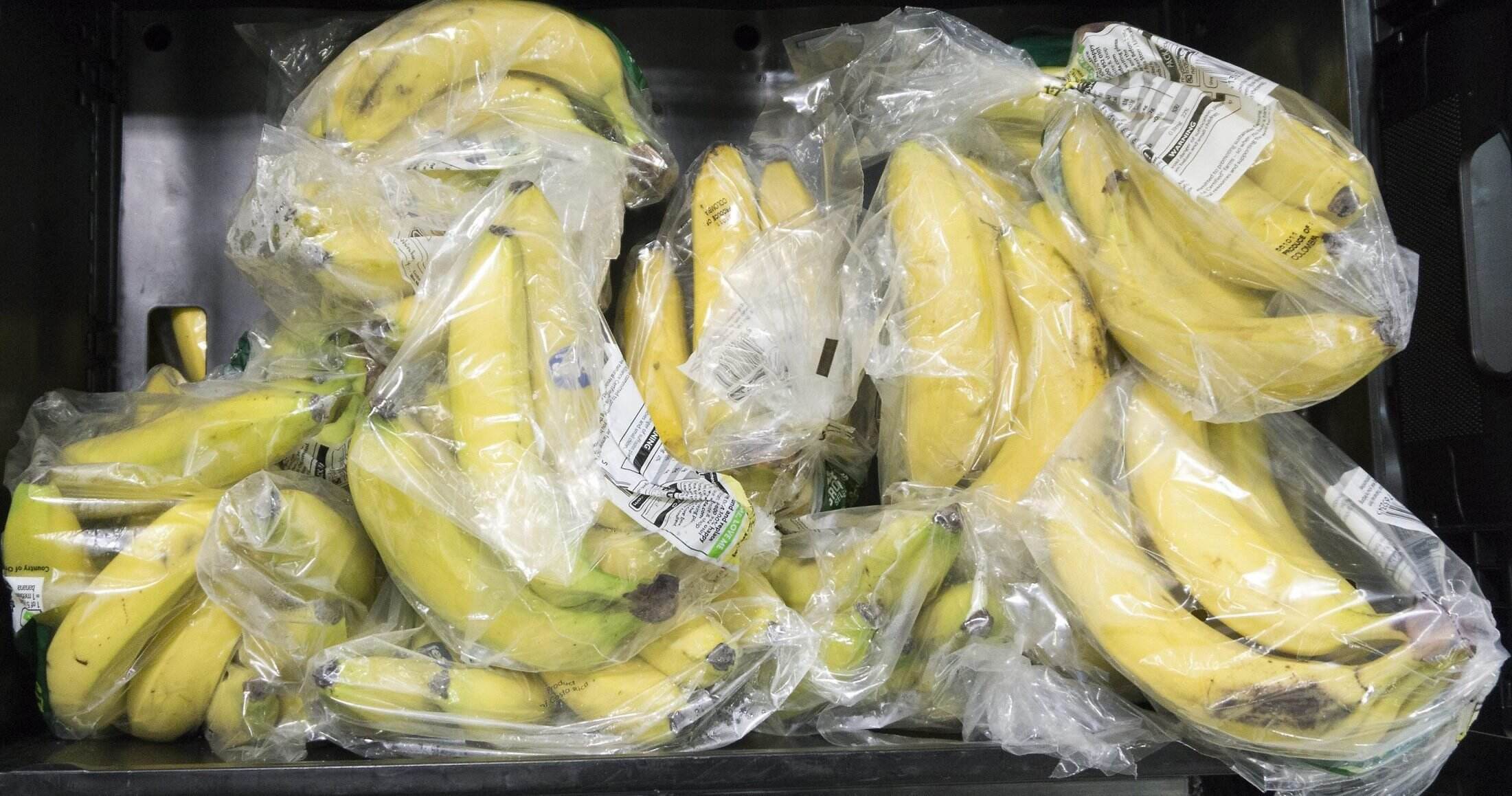
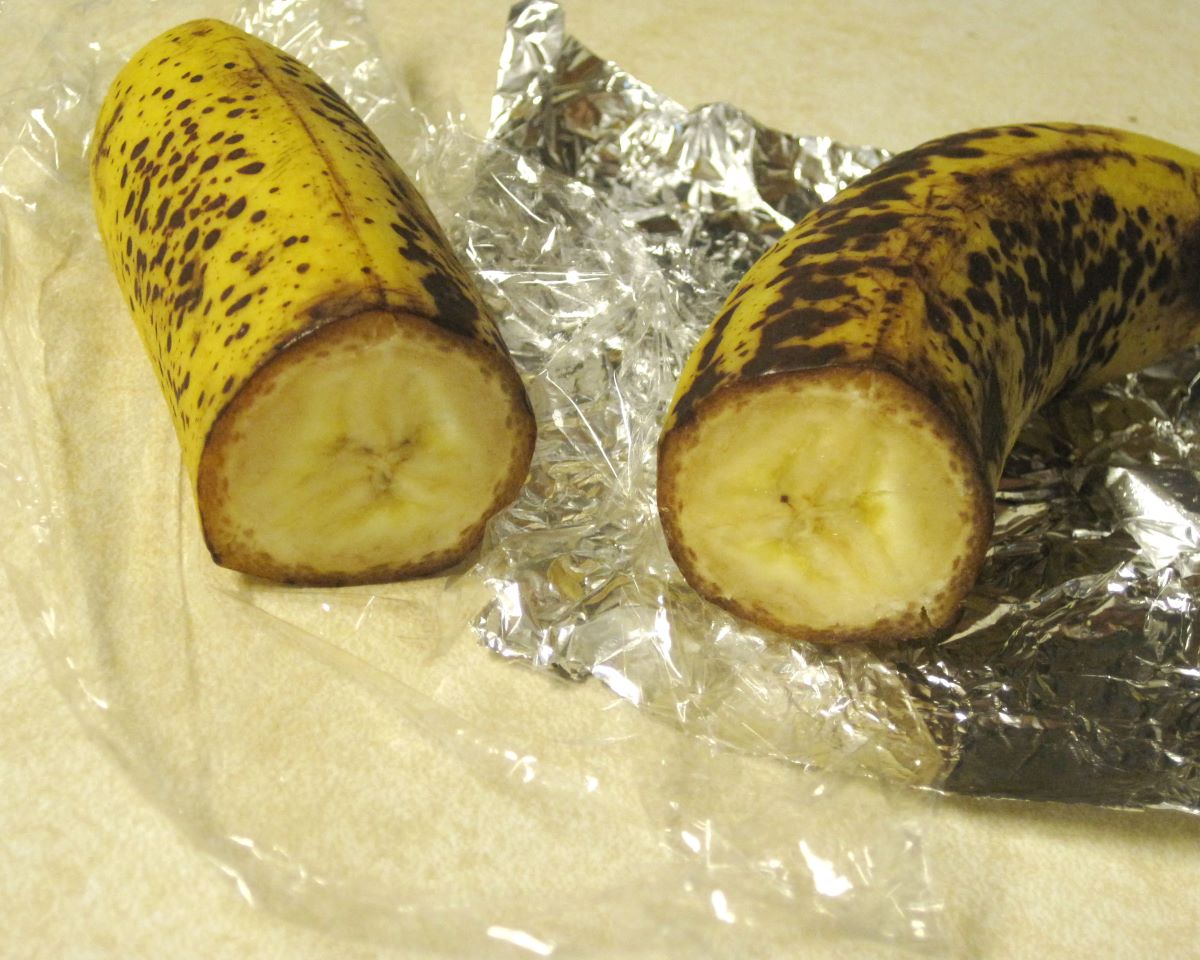
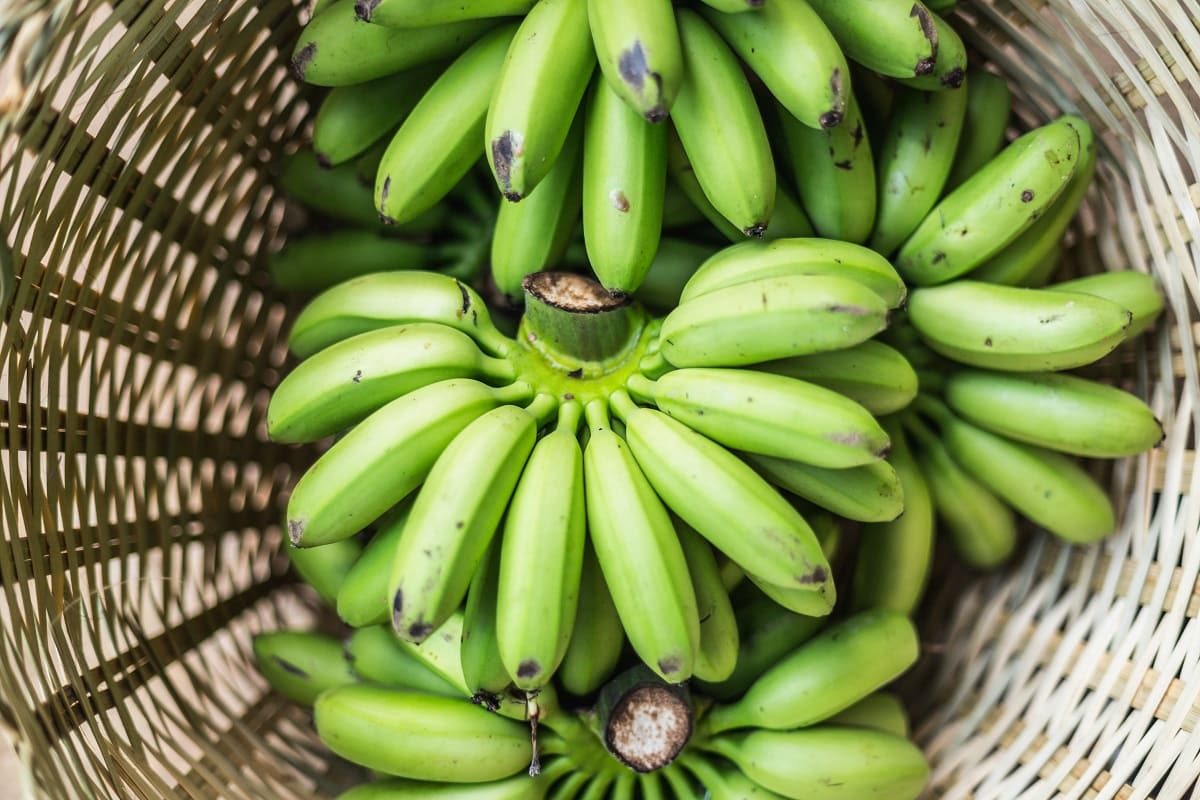
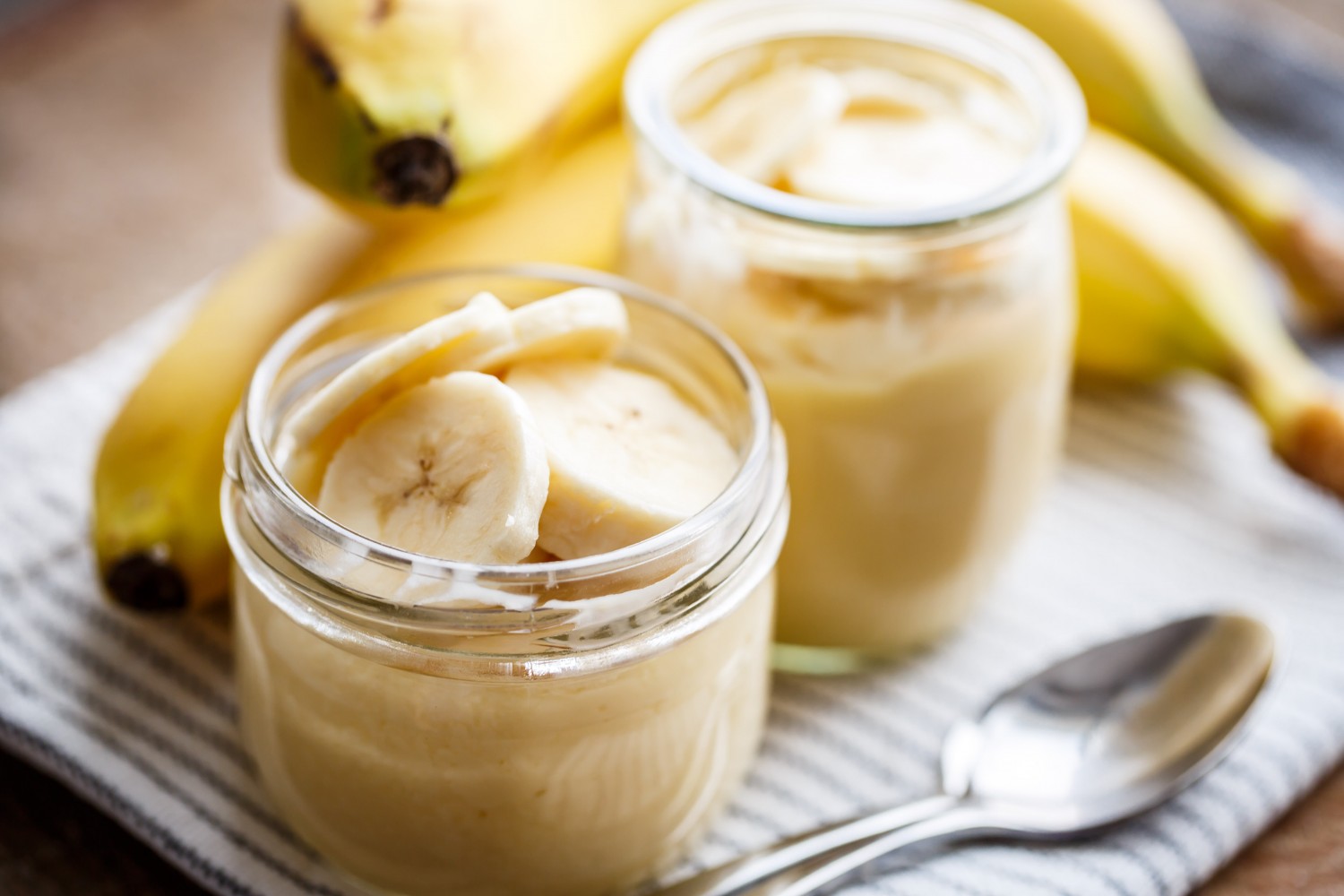

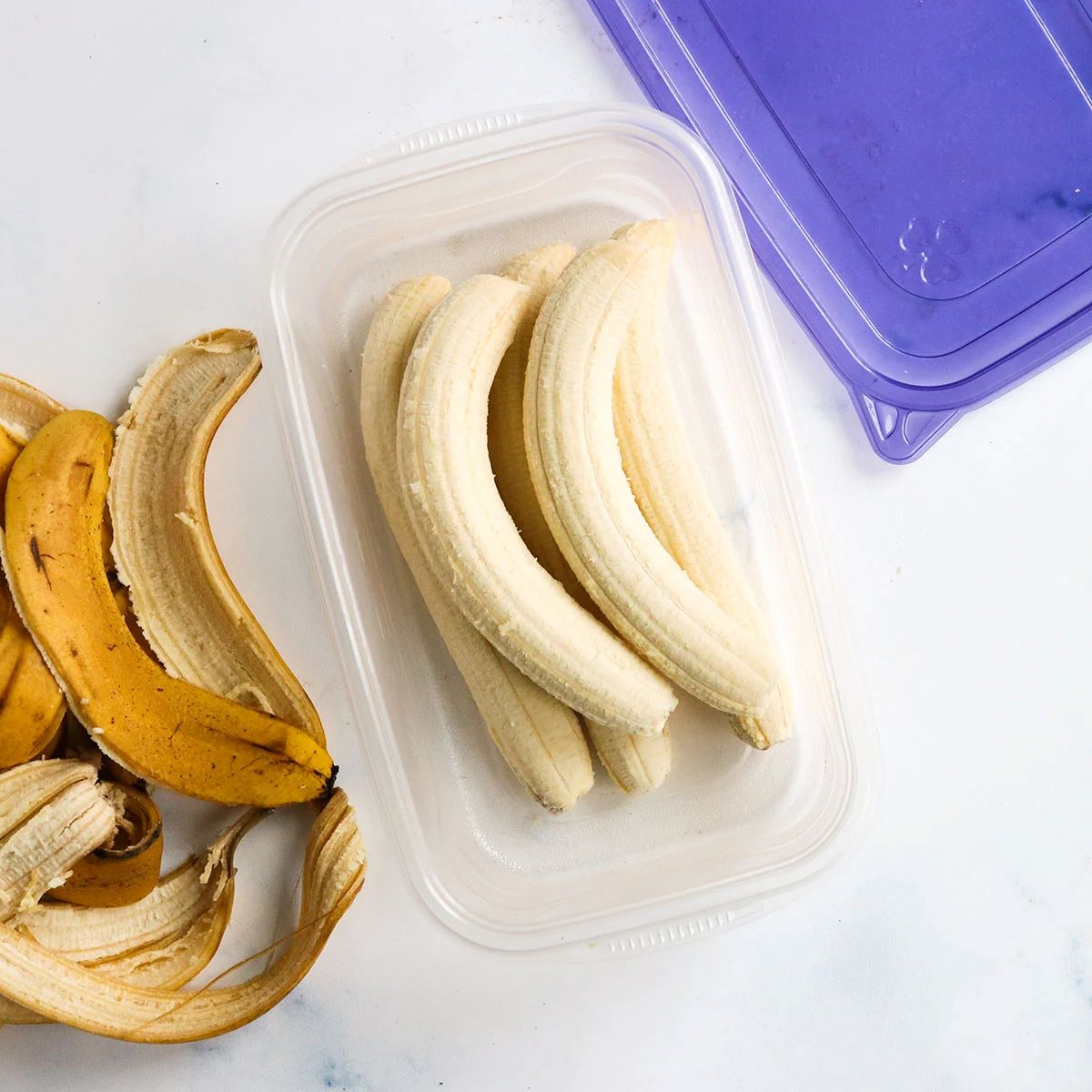
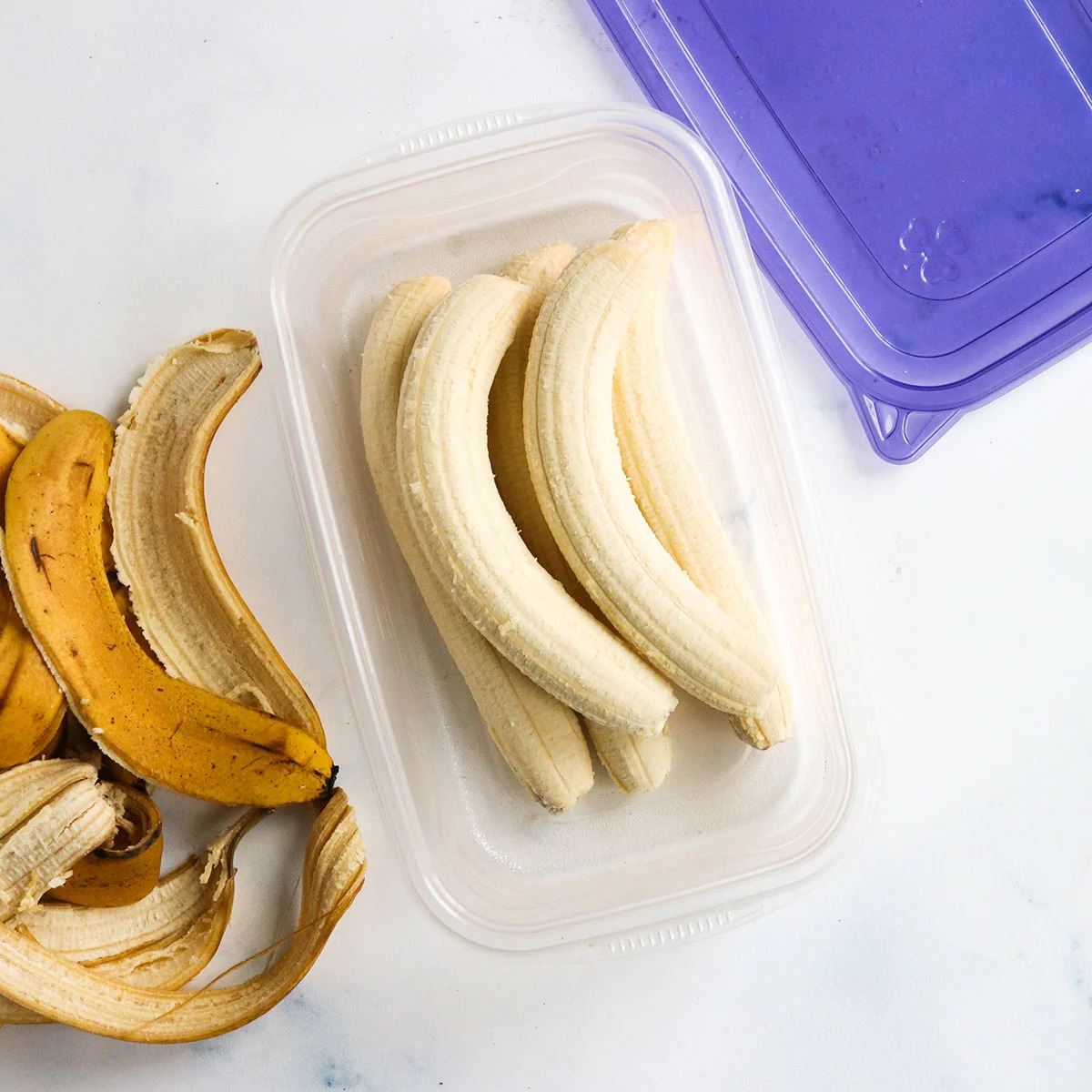

0 thoughts on “How To Store Bananas In Fridge”